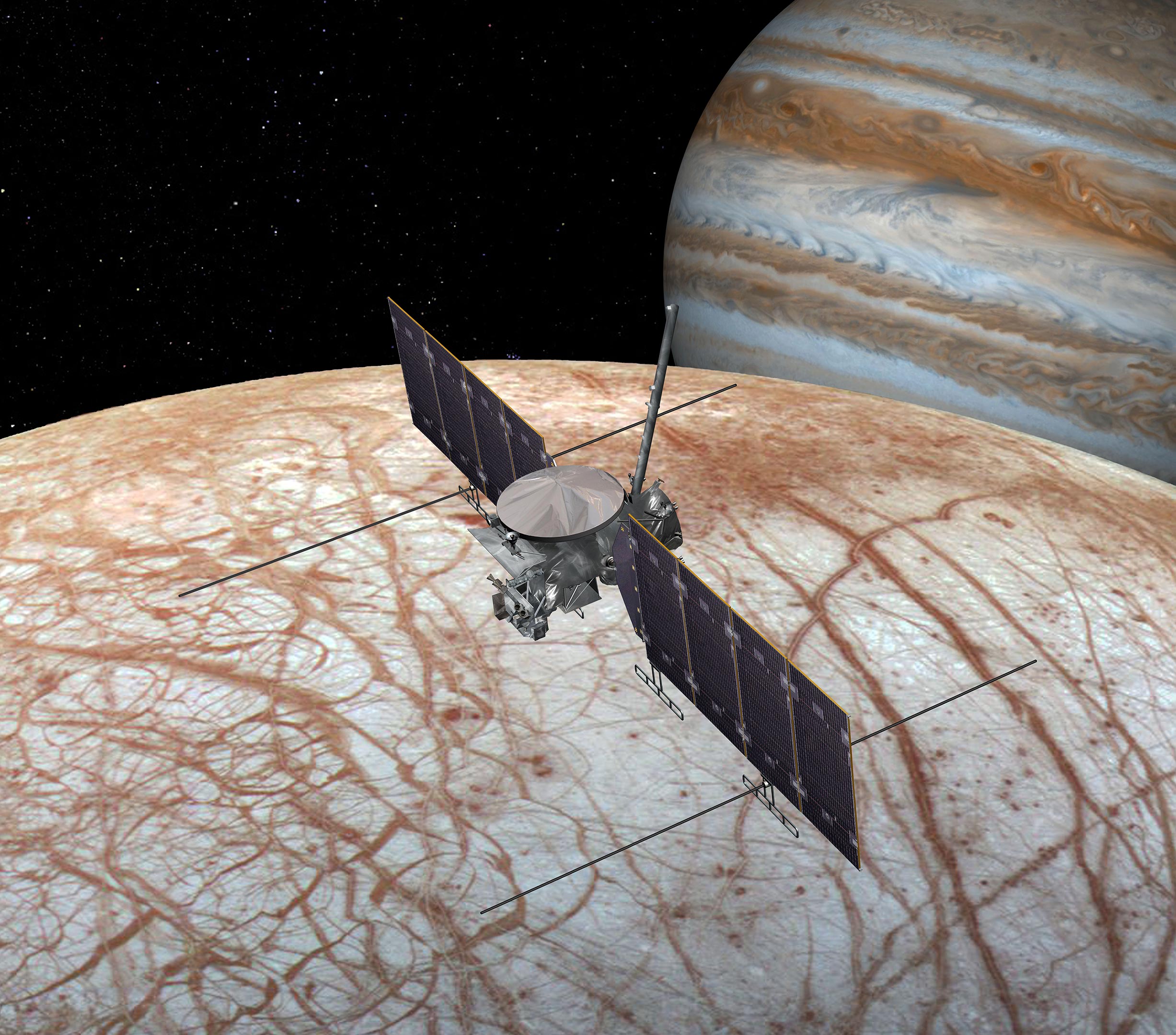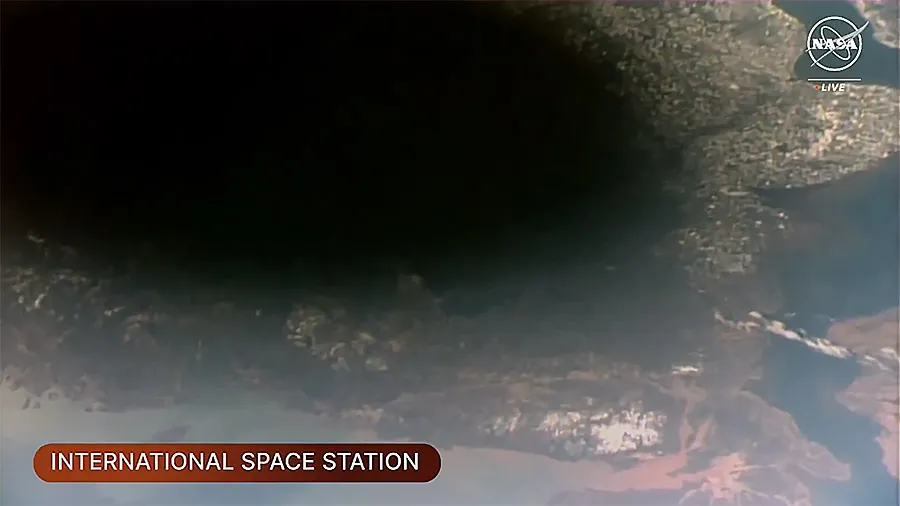
Jupiter’s Moon Europa Beckons As NASA’s Clipper Prepares for the Unknown
A gantlet of tests prepared the spacecraft for its challenging trip to the Jupiter system, where it will explore the icy moon Europa and its subsurface ocean. In less than six months, NASA is set to launch Europa Clipper on a 1.6-billion-mile (2.6-billion-kilometer) voyage to Jupiter’s ocean moon
scitechdaily.com
Europa Clipper’s main science goal is to determine whether there are places below the surface of Jupiter’s icy moon, Europa, that could support life. The mission’s three main science objectives are to determine the thickness of the moon’s icy shell and its surface interactions with the ocean below, to investigate its composition, and to characterize its geology. The mission’s detailed exploration of Europa will help scientists better understand the astrobiological potential for habitable worlds beyond our planet.
Managed by Caltech in Pasadena, California, JPL leads the development of the Europa Clipper mission in partnership with the Johns Hopkins Applied Physics Laboratory (APL) in Laurel, Maryland, for NASA’s Science Mission Directorate in Washington. APL designed the main spacecraft body in collaboration with JPL and NASA’s Goddard Space Flight Center in Greenbelt, Maryland. The Planetary Missions Program Office at NASA’s Marshall Space Flight Center in Huntsville, Alabama, executes program management of the Europa Clipper mission.








